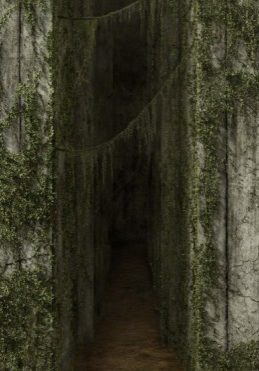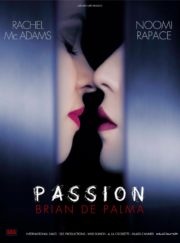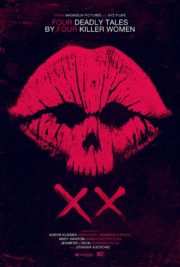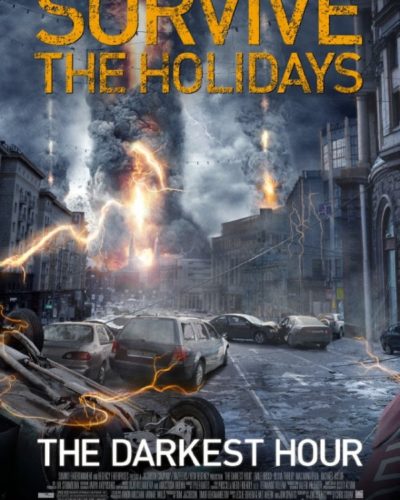Lost Within The Labyrinth: Trapped in “The Maze Runner”
In the midst of the young adult dystopian craze, “The Maze Runner” emerged in 2014 as a hybrid of survival thriller and horror, under the guidance of director Wes Ball. We are plunged into a mysterious, verdant clearing known as the Glade, the core of an ever-shifting gargantuan maze. A group of boys with no memory of their past lives must navigate this labyrinthine prison, facing monstrous creatures and the ever-looming question of why they are there. Based on the bestselling novel by James Dashner, the film thrives on its intriguing premise without spilling all its secrets upfront, inviting viewers into the maze to uncover its enigmas alongside the protagonist, Thomas.
A Descent into Dread: Crafting Atmosphere in Confinement
The heart of “The Maze Runner’s” horror lies not in overt scares, but a sinister atmosphere that thickens with each passing scene. Ball, light on experience but heavy with vision, masterfully utilizes suspense and foreshadowing to cultivate a sense of inexorable doom. The maze itself is a character—silent, oppressive, and as much of a mystery as the characters themselves. Horrifying not for its gore but for its inescapable nature, the maze is a crucible in which fear is forged by uncertainty and claustrophobia.
The cinematography, biting and raw, brings an immersive visual touch to the film’s horror aspects. The use of shadow and light, particularly within the maze’s confine, crafts an environment that is both intriguing and heart-poundingly menacing. Camera angles often position viewers as one with the runners, fostering a visceral connection to the terror of the chase and the panic of the unknown. Unique standouts include sprawling aerial shots that emphasize the maze’s scale, ironically serving to underscore the Gladers’ isolation.
Matched with these visuals is a soundtrack that ripples tension throughout the film’s narrative. Sound effects are more than mere garnishes; they are vital in amplifying the palpable anxiety that Ball aims to induce. Moments of silence punctuated by the groans of shifting maze walls or the distant screeches of the monstrous Grievers are executed to maximize dread.
The Faces of Fear: Character and Performance in Crisis
While the backdrop is inundated with horror, the performances provide a grounding human element. Dylan O’Brien, as Thomas, delivers a compelling rendition of dogged curiosity, driving the plot and the other boys towards revelations and confrontation. The characters experience a believable trajectory of camaraderie and fear, though some may lament the lack of deeper development due to the large ensemble.
The actors, primarily young and relative unknowns, convince audiences of their terror through emotional honesty. The horror here is palpable because it is channeled through the visceral reactions of the characters, from the leadership struggle of Alby and the defiance of Gally, to Newt’s brotherly concern, anchoring the supernatural elements to a cast with authentic fear responses.
Confronting the Maze: Impact and Audience Address
“The Maze Runner” assembles its horror tableau through a mix of suspense, psychological pressure, and creature-feature aesthetics. Rather than relying on bloodshed, the focus is on the fear of the unknown and the primal instinct to survive. The narrative thrust, revolving around deciphering the maze, challenges viewers to consider themes of control, destiny, and memory.
The horror here subtly examines ideas of human experimentation and manipulative design, raising compelling questions for the audience to ponder. Whether the film succeeds in deeply exploring these themes or not can be subjective, but they certainly add layering to its storytelling fabric.
For horror aficionados seeking a deluge of frights or gore-hounds thirsting for visceral terror, “The Maze Runner” may prove mildly satisfying. However, its primary strength lies in its ability to be an anxiety-inducing viewing experience with a focus on the psychological underpinnings of fear. The movie will captivate those interested in survival stories and young adult tales with horrific twists, though it may fall short for those craving more traditional horror fare.
When contrasted with the broader horror genre, “The Maze Runner” favors a more cerebral, plot-centric approach akin to the mystery elements of “Cube” or “Saw” sans the overt carnage. It’s a fusion that makes for an engaging watch but may not linger like the iconic dread of the genre’s best.
In final assessment, “The Maze Runner” is a measured foray into survival horror, fortified by a compelling premise and brooding atmosphere. Its balance of character focus and unsettling mood may not fully satiate the hungriest of horror purists, but for those navigating the intersections of dystopia and dark thriller, it’s a maze worth running. Approach this cinematic labyrinth with an expectation of suspense over shock, and a readiness to be lost in its sprawling enigma.
Viewer Warning: Suitable for a PG-13 audience, with creature violence and intense sequences that may unsettle younger viewers.




